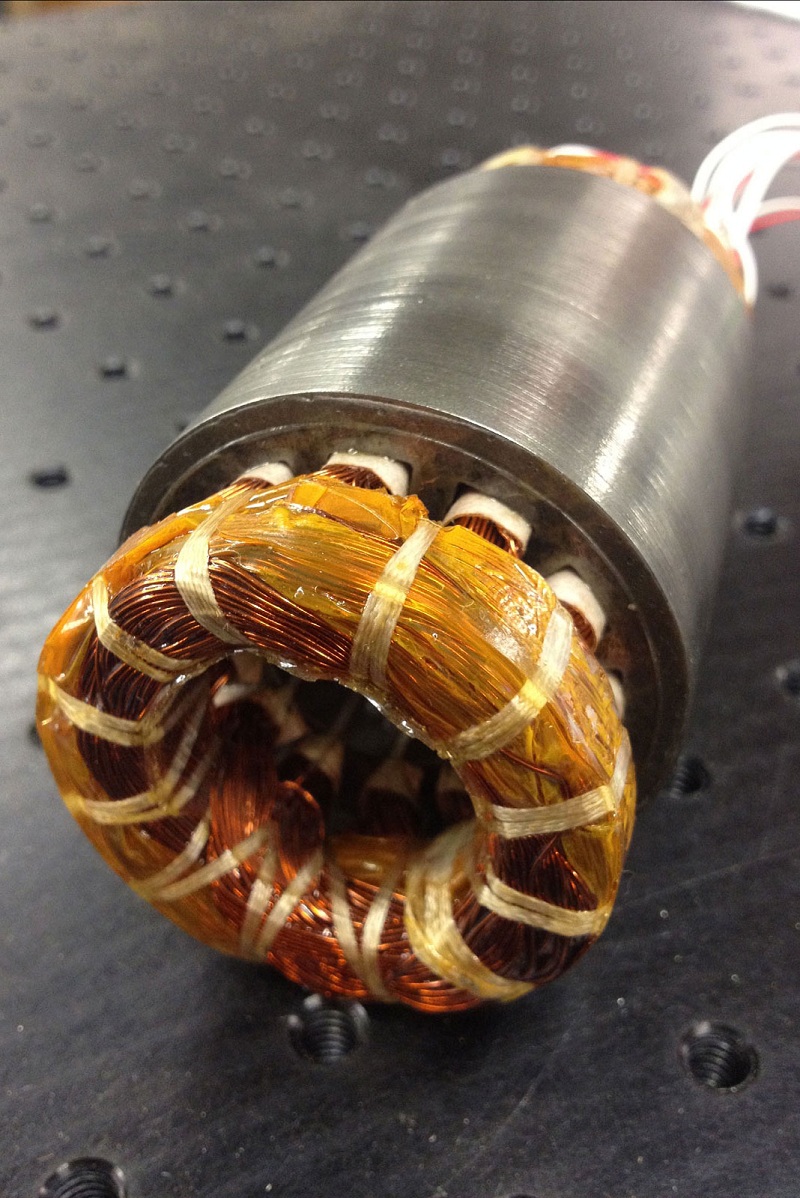
The basic principle of vector control of asynchronous motor is to control the stator current vector of asynchronous motor by measuring and then controlling the speed of the motor. The stator current vector of the asynchronous motor is decomposed into the current component that generates magnetic field and the current component that generates torque, and the amplitude and phase between the two components are controlled respectively, so as to achieve the purpose of controlling the asynchronous motor torque. That is, the stator current vector is controlled, so this control mode is called vector control mode.
Vector control mode is divided into vector control mode based on slip frequency control, vector control mode without speed sensor and vector control mode with speed sensor. The vector control method based on slip frequency transformer is based on constant control, by detecting the actual speed of the asynchronous motor, and obtaining the corresponding control frequency, and then controlling the stator current vector and the phase between the two components respectively according to the desired torque, the output frequency of the general frequency transformer is controlled. The biggest feature of the vector control method based on slip frequency control is that it can eliminate the fluctuation of the torque current in the dynamic process, thus improving the dynamic performance of the general frequency transformer. Early vector control inverter is basically based on slip frequency control vector control mode.

Velocity sensorless vector control is based on the theory of magnetic field oriented control. To achieve accurate field oriented vector control, it is necessary to install the flux detection device in the asynchronous motor, but it is difficult to install the flux detection device in the asynchronous motor. However, it has been found that even if the magnetic flux detection device is not directly installed in the asynchronous motor, the corresponding amount of magnetic flux can be obtained in the general frequency converter, and the so-called speed sensorless vector control mode is obtained. Its basic control idea is to detect the excitation current or flux and torque current as the basic control quantity according to the input nameplate parameters of the motor and the torque calculation formula respectively. By controlling the frequency of the voltage on the stator winding of the motor, the command value of the excitation current or flux and torque current are consistent with the detected value, and the torque is output. Thus, vector control is realized.
The general frequency converter with vector control can not only match the DC motor in speed range, but also control the torque generated by the asynchronous motor. Because the vector control mode is based on the accurate parameters of the controlled asynchronous motor, some general frequency transformer need to accurately input the parameters of the asynchronous motor when in use, some general frequency transformer need to use speed sensors and encoders, and need to use the special motor specified by the manufacturer for control, otherwise it is difficult to achieve the ideal control effect.
In addition to the above-mentioned sensorless vector control and torque vector control, which can improve the torque control performance of asynchronous motors, the current new technology also includes the adjustment of the control constant of asynchronous motors and the adaptive control matching with the mechanical system to improve the application performance of asynchronous motors. In order to prevent the speed deviation of asynchronous motor and obtain the ideal smooth speed in the low speed area, the control mode of large-scale integrated circuit and special digital automatic voltage adjustment AVR control technology has been applied and achieved good results.
High speed motor iron core material requirements
2023-09-02Take you to understand the mirror stainless steel pipe
2023-09-27Influence of stator lamination on motor noise
2023-12-26Application Prospects of Flexible Cores in Special Transformers
2025-01-03Reasons of Cold Rolled Stainless Steel Strips Coiling Defects
2022-07-12Steel Pipe Dimensions & Sizes Chart (Schedule 40, 80 Pipe) Means(2)
2023-05-08






